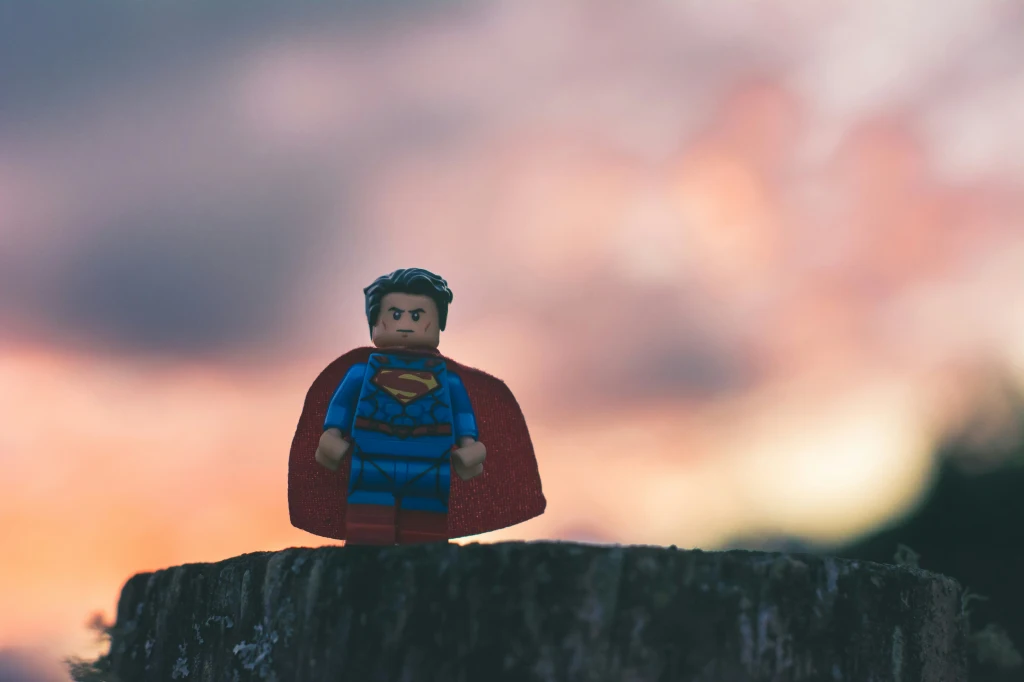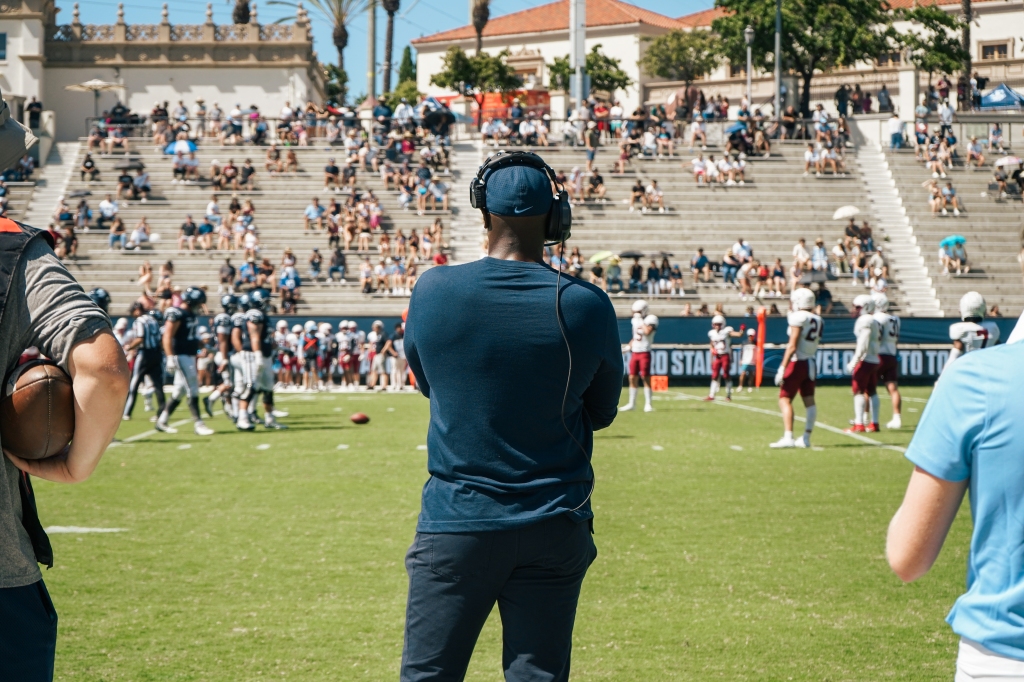SATVIKA NITYA / ARTS & CULTURE EDITOR
Halloween is the time to unleash your creativity and go all out with your costumes. Whether that be dressing up as your favorite anime character or picking a super niche metaphor and turning it into a person, figuring out your Halloween costume is daunting and exciting at the same time. But picking your costume comes with a very important concern: cultural appropriation.
Cultural appropriation is when members of a majority group adopt cultural elements of a minority group in an exploitative, disrespectful or stereotypical way. By definition, this phrase seems like one that can be understood pretty easily, but the lines of what counts as cultural appropriation are blurry.

Photo courtesy of @netflix/TikTok
To know what counts as cultural appropriation, the definition of culture itself needs to be identified. The earliest explanation of culture comes from anthropologist Edward Burnett Tylor, who wrote in 1871 that “culture…is that complex whole which includes knowledge, belief, art, morals, law, custom and any other capabilities and habits acquired by man as a member of society.” Though the definition of culture has developed and evolved in current day, the one thing that remains is that culture is something that is learned or inherited when you belong to a certain group.
Keeping this information in mind, the rules around picking your Halloween costume need to be shaped in a way that respects other communities and identities, while keeping up the spooky spirit. For many, the line between cultural appropriation and appreciation lies on intention and context.
When cultural clothes or items are shared by those belonging to the culture with others outside that group in the context of festivals, cultural holidays, religious events or even as a sign of respect, it is done so with the intention of sharing culture, such as when tourists visit other countries and are given traditional clothes to wear. When you go to weddings or ceremonies of different cultures, you want to respect the boundaries and traditions of the people. So wearing clothes that belong to that culture become a way for mutual celebration.
Knowledge about culture is to be shared in order to bring more unity to our diverse world but when it is used as a way to stereotype, reduce an entire culture to one representation or separate the cultural meaning from the clothes, as for pure entertainment, it is cultural appropriation.
During Halloween, when someone dresses up in the cultural clothing of one group, they are taking away the original meaning and intent of those clothes and may be making a joke out of a culture they don’t belong to. Along with that, they reduce an entire culture to one stereotyped representation, making it seem like all members of that group look like that one representation. And it’s especially harmful because minority groups are often discriminated against and face backlash for the same clothes that are now being worn by majority groups, as a form of spectacle.
An easy example of this are braids. In states across the U.S., many young Black kids get discriminated against for wearing their hair in braids. a hairstyle that is culturally significant to the Black commmunity. Non-Black celebrities like Kim Kardashian have often been seen wearing these hairstyles as “fashion,” which some say is ignorant of the historical past attached to the hairstyle and insensitive to the Black community.
USD first-year Priya Hecox talked about ignorance and how that plays a role in cultural appropriation.
“Especially in college, you’re having discussions as an educated person and part of that is that you have to be culturally aware and open to learning,” Hecox said. “Google is a great resource and talking to your friends is a great way to talk about whether your outfit is appropriate or not. You cannot be educated and ignorant at the same time.”
A part of Halloween costumes being a center for cultural appropriation, especially for college students is “fetishization”, which is the act of making someone an object of sexual desire, based on some aspect of their identity. College culture expects Halloween costumes to be revealing, and the media, especially in the early 2000s, has widely spread that idea. According to Halloween historian Lesley Bannatyne, the overt popular sexual artifice of the Playboy aesthetic in the 1990s shifted the emphasis from blood and gore to the idea of costumes being sexy.
The concept had become ubiquitous in 2004 when “Mean Girls” was released in theatres. But the line in the movie that “Halloween is the one night a year when a girl can dress like a total sl*t and no other girls can say anything about it” took off as an explanation of a culture that hadn’t yet been put into words. This idea is taken further when movies and shows also propagate culture being fetishized. For example, the show “Pretty Little Liars” showed a character dressed as what they called a “sexy Indian”, as she wore stereotypical clothes associated with Native Americans.
USD junior Soniya Malla talked about this “fetishization” of Halloween costumes being disrespectful.
“Halloween, especially in the U.S., is all about making your outfit look more sexy,” Malla said. “That really matters, because if you’re doing something that is cultural and you’re trying to make it look sexy, then you’re doing it wrong, because you’re doing it for the wrong reasons. You are taking real people and making their culture that’s important to them look less than.”
Discussion of costumes gets more complicated when talking about dressing up as characters. If you want to dress up as a character you really like but they belong to a different culture, is it okay to still dress up as them?
For many this depends on the extent to which you’re carrying out the costume. Wearing the clothes of the characters is fine but if you’re imitating their hair, skin color, facial features or adding additional garments of their culture, that leans into appropriation. Sesali Bowen, a scriptwriter and pop culture events writer, talks about the strict how painting your face black, brown, yellow or red to signify any ethnic group as part of your Halloween costume is strictly out of limits.
Bowen also discusses how the best Halloween costumes are the ones where you commit yourself to the character completely, not just the visual details. If you cannot pull off a costume without including racially driven details, then you’re doing it wrong and shouldn’t be wearing that costume in the first place, Bowen said.
The conversations around cultural appropriation are long and complicated but they are conversations many find worth having in order to respect all human beings and the cultures that they come from. It’s all fun and games until someone gets hurt. So for this Halloween and all that follow, make sure you have this conversation when deciding your costume.





Leave a comment